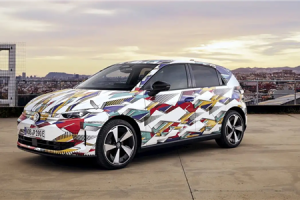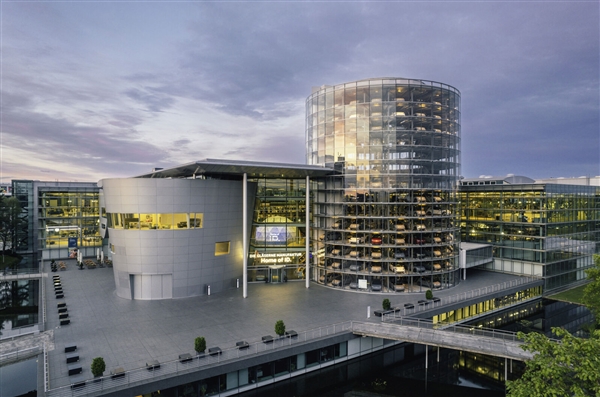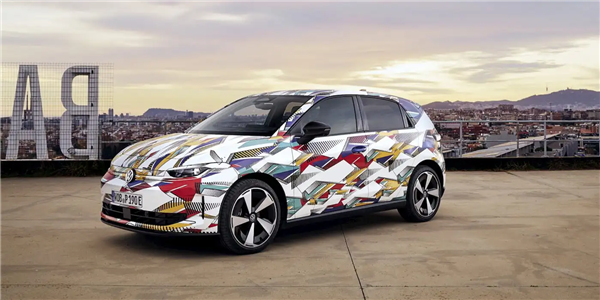April 30, 2025 – Volvo Cars unveiled a significant cost-reduction initiative on Tuesday, local time, targeting an estimated $1.87 billion in savings, while simultaneously retracting its financial outlook for the upcoming years amid a sharp decline in first-quarter operating profits.
The Swedish automaker’s latest financial report revealed a substantial drop in operating profit, plummeting to 1.9 billion Swedish kronor from 4.7 billion kronor during the same period last year. The company’s earnings before interest and taxes (EBIT) margin also contracted, sliding from 5% to 2.3%, as revenues fell from 93.9 billion kronor to 82.9 billion kronor.
To address these challenges, Volvo Cars announced plans to implement a “Cost and Cash Action Plan,” which includes scaling back investments and initiating global workforce reductions. Additionally, in response to shifting tariff policies, the company has opted to withhold financial guidance for 2025 and 2026.

In an interview with CNBC’s “Europe Early Edition,” Volvo Cars CEO Håkan Samuelsson emphasized the market’s formidable headwinds. “We’re witnessing a downturn in sales, intensified competition in the electric vehicle (EV) segment, and heightened pricing pressures, all contributing to a challenging pricing environment. Coupled with recent tariff increases, these factors have significantly heightened market uncertainty,” Samuelsson remarked.
The market reacted swiftly to the news, with Volvo Cars’ shares initially dipping nearly 10% during trading. By 1:50 p.m. London time, the decline had moderated to 8.1%. Samuelsson stressed the urgency of securing a new trade agreement with the United States, stating, “In the long run, we must establish a renewed trade arrangement with the U.S. to sustain our operations there.”
Despite these headwinds, Volvo Cars reported a notable achievement in its EV segment, with electrified models accounting for 43% of first-quarter sales. The company defines electrified vehicles as any model equipped with a charging port and aims to boost this figure to between 90% and 100% of global sales by 2030.












